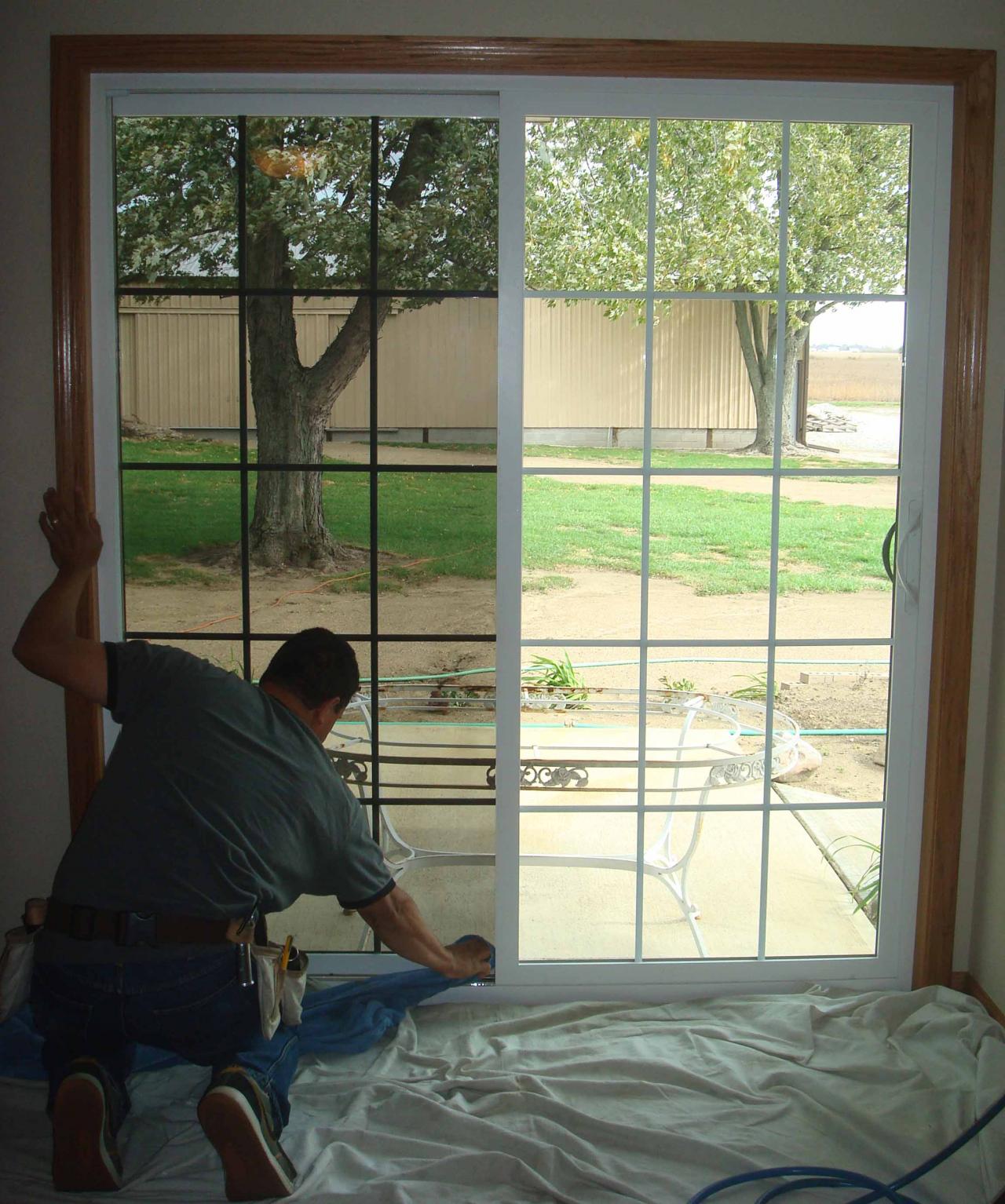Residential Window Tint: Rise Safety And Security and Include a Layer of Security
Residential Window Tint: Rise Safety And Security and Include a Layer of Security
Blog Article
How Residential Window Tinting Enhances Your Home's Power Effectiveness
Residential window tinting offers a compelling solution for house owners seeking to improve energy efficiency within their living areas. By using specialized films to home windows, it successfully reduces warmth transfer, thus maintaining indoor temperature levels and lessening the demand for excessive home heating or air conditioning.
Understanding Window Tinting
Comprehending window tinting is crucial for home owners seeking to improve both comfort and power performance in their space. Residential Window Tint. Window tinting entails the application of a thin film to the inside or exterior surface area of glass home windows. This movie can substantially regulate the amount of sunlight and heat that gets in a home, hence affecting interior environment problems
There are numerous types of home window tinting films available, each with distinct residential or commercial properties. The performance of home window tinting is frequently determined by its Visible Light Transmission (VLT) portion, which indicates how much light can pass through the film.
Advantages of Power Efficiency
Window tinting not only improves visual appeals however also plays a substantial function in boosting energy effectiveness within residential rooms. By lowering heat transfer through windows, tinted movies produce a more secure indoor environment, which can bring about considerable decreases in energy consumption for cooling and heating. This energy efficiency converts into lower utility bills, supplying property owners with considerable long-term savings.

Additionally, home window tinting improves the convenience of living areas. By reducing glare and blocking damaging UV rays, colored home windows develop an even more pleasurable atmosphere, which can lead to enhanced wellness for owners. The defense against UV rays additionally helps maintain furnishings and floor covering from fading, contributing to the longevity of home things.
Exactly How Tinting Functions
Tinting movies run with a mix of advanced products and modern technologies created to regulate the amount of solar power entering a home. Largely made up of polyester, these movies commonly integrate ceramic or metallic fragments that show and absorb warm. This twin ability enables them to considerably minimize the penetration of ultraviolet (UV) rays and infrared radiation while permitting noticeable light to travel through.
The efficiency of window tinting is measured by its solar warm gain coefficient (SHGC), which shows just how much solar energy is transmitted via the window. Lower SHGC values are better as they signify higher heat being rejected. Additionally, home window colors can include a selection of tones, permitting home owners to personalize their visual preferences while enhancing energy efficiency.
Furthermore, these films work as an obstacle, preventing heat loss throughout chillier months by showing interior warmth back right into the space. This thermal insulation effect complements the cooling benefits obtained throughout warmer months, adding to a balanced interior environment year-round. By handling solar energy successfully, household window tinting not only improves comfort yet additionally plays an important role in reducing energy usage and decreasing utility expenses.
Choosing the Right Tint

There are various kinds of window films offered, including colored, metalized, and ceramic. Ceramic movies offer exceptional heat control without compromising presence and are extremely sturdy, making them a popular selection.
Visible light transmission (VLT) is another critical factor, as it shows the quantity of all-natural light that can pass via the tinted glass. Property owners should pick a color with a VLT that matches their illumination preferences while still offering appropriate glare decrease.
In addition, evaluating the solar heat gain coefficient (SHGC) can aid establish how well a tint can obstruct warm from sunlight. A reduced SHGC indicates much better warmth control, inevitably boosting power effectiveness.
Installation and Upkeep Tips
Correct installation and upkeep are important elements in making the most of the advantages of residential window tinting. To attain ideal outcomes, it is recommended to employ a qualified specialist for setup. This makes sure that the color is applied properly, avoiding air bubbles, wrinkles, or imbalance that might jeopardize efficiency. Professionals likewise utilize specialized tools and strategies, which can enhance the durability and effectiveness of the color.
Complying with setup, maintenance is crucial to prolong the life of the home window film. It is suggested to wait at the very least 30 days before cleaning the colored home windows to enable the sticky to cure fully.
Furthermore, regular inspections are helpful. Look for any type of peeling or bubbling, which can show improper installation or Homepage use with time - Residential Window Tint. Addressing these concerns quickly can avoid view it now additional damage and maintain power performance. By adhering to these installment and maintenance suggestions, home owners can guarantee their home window tinting remains to supply considerable power cost savings and convenience for years to come.
Conclusion
In conclusion, domestic window tinting offers as an effective service for boosting energy effectiveness within homes. By lowering warmth transfer and obstructing hazardous UV rays, home window films add to decrease energy intake and enhanced indoor comfort.
Window tinting entails the application of a thin film to the inside or outside surface area of glass windows. By lowering heat transfer via windows, tinted movies create a more secure indoor climate, which can lead to substantial decreases in power usage for home heating and air conditioning.The efficiency of window tinting is determined by its solar warmth gain coefficient (SHGC), which suggests just how much solar power is transmitted through the window. By managing solar power properly, household home window tinting not just improves comfort but likewise plays an important role in decreasing energy intake and lowering energy bills.
By decreasing warmth transfer and obstructing hazardous UV rays, window films contribute to reduce energy intake and boosted their explanation interior comfort.
Report this page